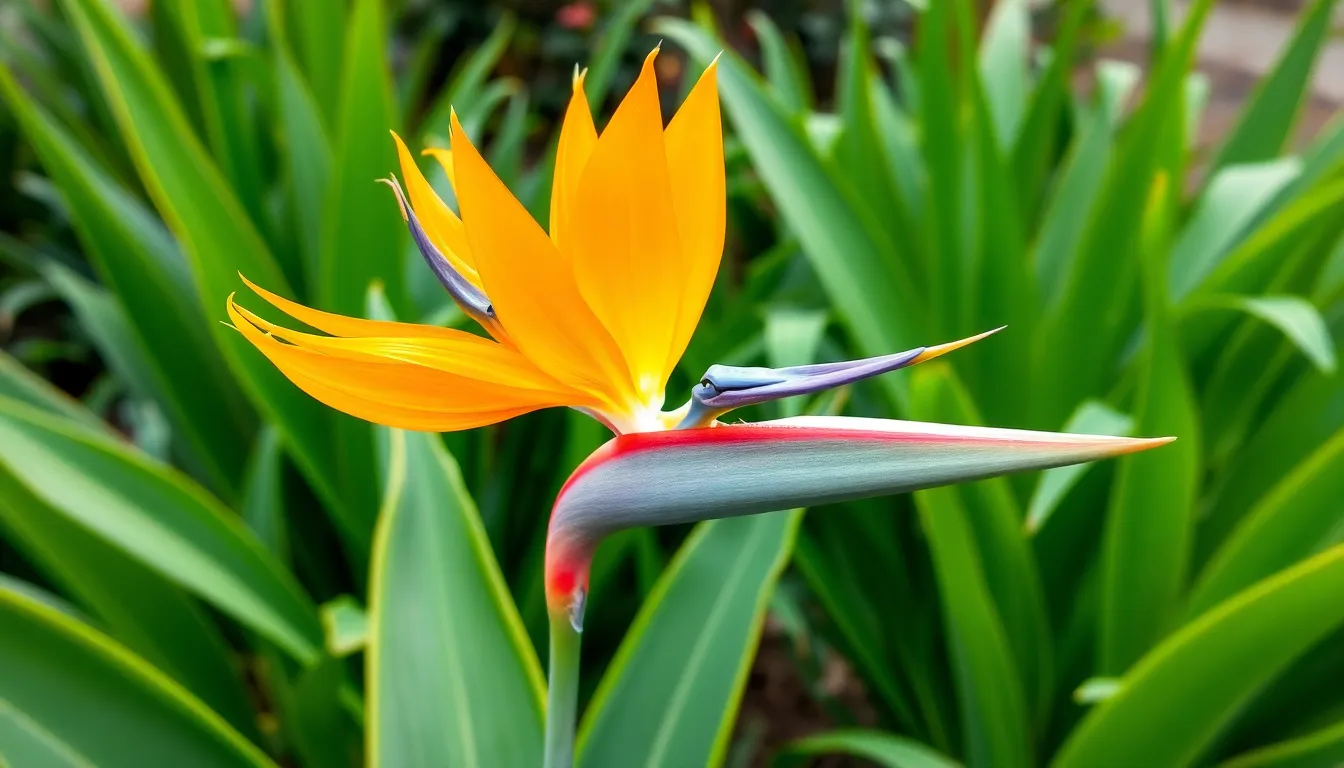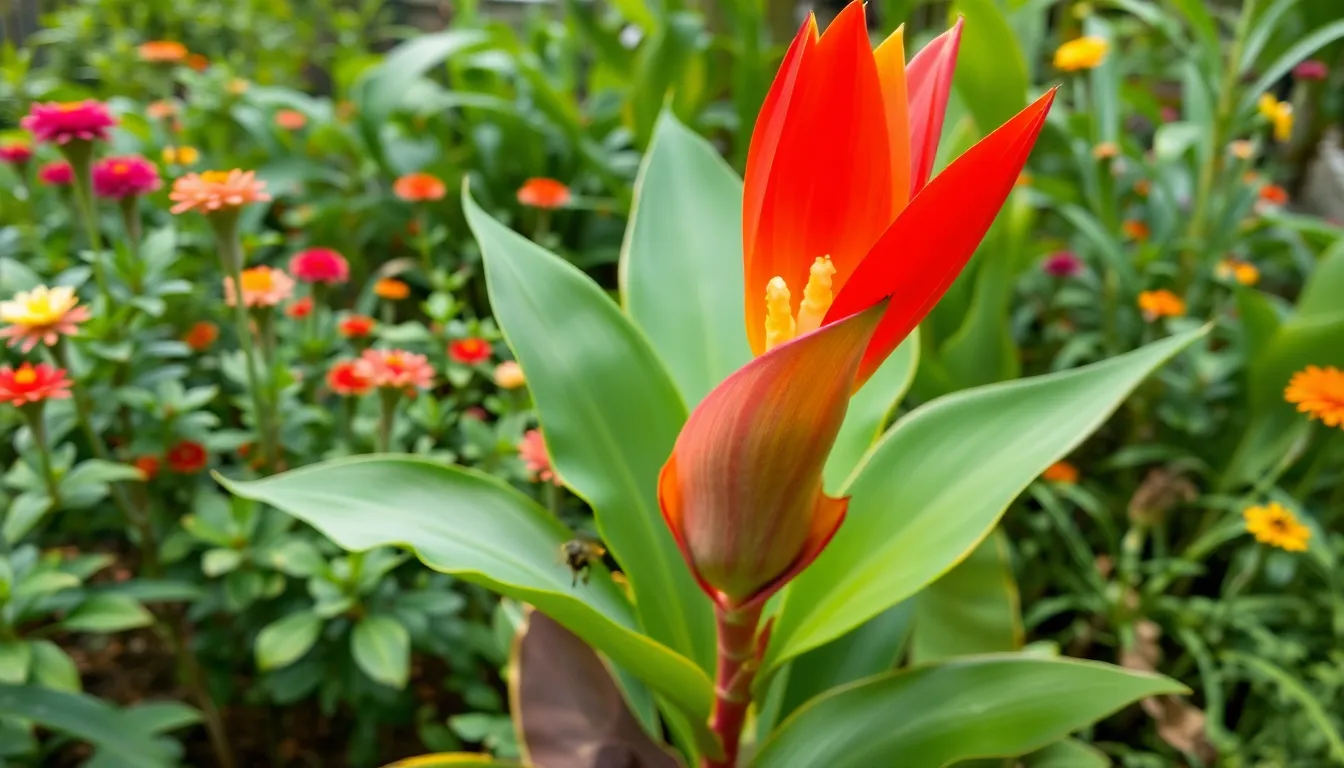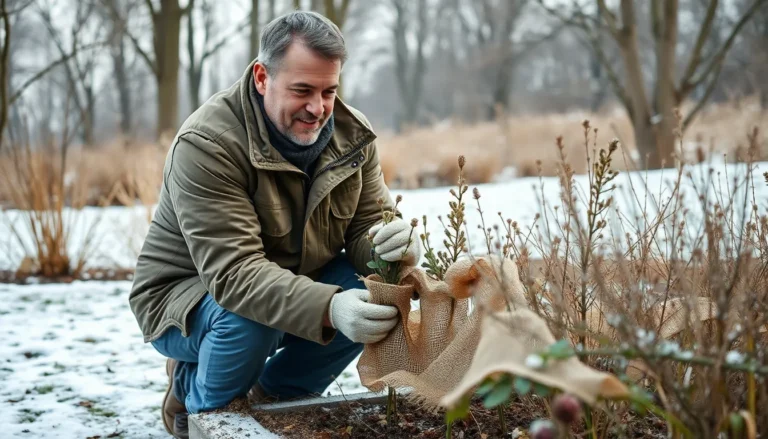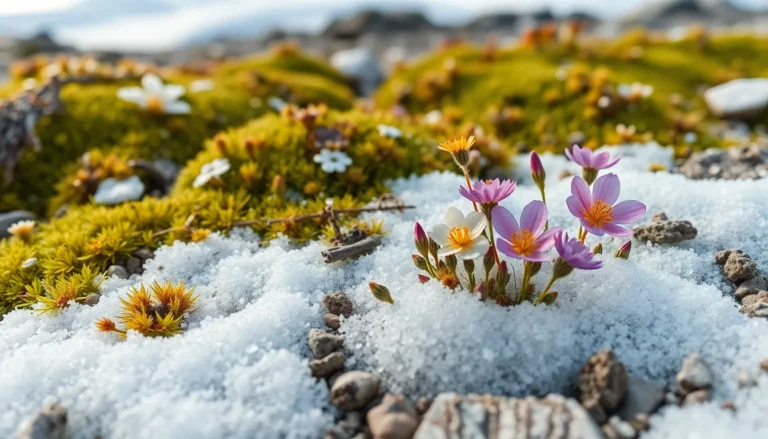
Plants That Look Like Animals: Discover Nature’s Most Quirky Botanical Wonders
Imagine strolling through a garden and spotting a plant that looks like a monkey or a fish. Sounds like a scene from a whimsical storybook, right? Yet, nature has a flair for the dramatic, crafting plants that mimic the appearance of animals in the most delightful ways. These botanical wonders not only spark curiosity but also add a playful twist to any green space.
Plants That Look Like Animals
Nature showcases a variety of plants that mimic animal forms, prompting intrigue among enthusiasts and gardeners alike. These botanical species often adopt shapes and colors resembling creatures, adding whimsy to landscapes. Some well-known examples include the Bird of Paradise, which resembles a colorful bird in flight.
Focusing on other examples, the Pink Lady Slipper resembles a shoe, attracting pollinators with its striking appearance. Plants like the Snapdragon may mimic a dragon’s face, delighting viewers with their playful visual theme.
Animal-like plants often develop survival strategies through their unique appearances. For instance, certain orchids, like the Monkey Face Orchid, evolved to imitate animal faces, enhancing their appeal to pollinators. In addition, the Hummingbird Plant attracts these small birds with its tubular flowers resembling their beaks.
Biodiversity flourishes with these intriguing plants, forming a bridge between botanical beauty and animal characteristics. Viewing these plants in gardens or landscapes can spark conversations about nature’s creativity and adaptability. Connecting plants and animals illustrates the complexity of ecosystems, showcasing how life evolves in diverse forms.
Gardeners may find joy in cultivating these unique plants, encouraging curiosity in visitors. Exploring local nurseries might reveal a variety of options available, each with its distinct animal-like charm. These plants inspire creativity in landscaping, making them popular choices for those looking to add interest and surprises to their outdoor spaces.
Fascinating Examples

Plants that resemble animals showcase nature’s creativity. Here are several striking examples.
The Dogtail Grass
Dogtail Grass, scientifically known as Cynosurus cristatus, features a tufted shape that mimics a dog’s tail. Its slender, green leaves create a playful look in gardens. This grass grows up to 24 inches tall and thrives in well-drained soil. In addition, it attracts butterflies, adding life to green spaces. Gardeners appreciate its low maintenance and unique appearance, making it a whimsical choice.
The Parrot Plant
The Parrot Plant, or Heliconia rostrata, captivates with its vibrant flower bracts. Resembling a parrot’s beak, these bright colors draw attention. This tropical plant can reach heights of 4 to 6 feet. It flourishes in bright, indirect sunlight and needs consistently moist soil. Pollinators, particularly hummingbirds, find the Parrot Plant irresistible, enhancing garden biodiversity.
The Dancing Girl Orchid
Dancing Girl Orchid, scientifically called Oncidium, boasts flowers that resemble a dancing figure. Each blossom features extended petals that mimic arms and legs. Typically, these orchids grow in clusters and can reach heights of 2 to 3 feet. They thrive in bright light and require regular watering without soggy conditions. The unique appearance captures the interest of horticulturists and nature enthusiasts alike.
Unique Adaptations
Plants exhibit remarkable adaptations, using their animal-like appearances for survival and reproduction. Mimicry serves as a key strategy for many species, enhancing their chances of thriving in competitive ecosystems.
Mimicry for Survival
Mimicry offers various survival advantages. The Bird of Paradise employs bright colors and unique shapes to resemble its avian namesake, confusing predators and enhancing its appeal to potential pollinators. The Monkey Face Orchid’s striking resemblance to a monkey attracts attention, helping it stand out in dense habitats. Similar adaptations occur in Dogtail Grass, which mimics a dog’s tail, drawing in butterflies while escaping unwanted herbivores. These adaptations highlight an evolutionary strategy that allows plants to blend into their surroundings and evade threats effectively.
Pollination Strategies
Various plants utilize animal-like features to improve their pollination success. The Parrot Plant showcases vibrant flowers that mimic a parrot’s beak, enticing hummingbirds to visit and help with pollination. Snapdragons exhibit a facial resemblance to dragons, attracting specific pollinators drawn to their unique shapes. The Dancing Girl Orchid enhances its allure with flowers resembling a dancing figure, captivating insects that assist in reproduction. Such strategies demonstrate how plants creatively use their animal-like forms to interact with pollinators, ensuring genetic diversity and ecological balance.
Cultural Significance
Plants that resemble animals hold a prominent place in various cultures around the world. Their unique appearances inspire intrigue and foster connections to folklore and artistic expression.
Folklore and Mythology
Folklore often features plants resembling animals as symbols of transformation or magic. Many cultures view the Bird of Paradise as a representation of freedom and spiritual connection. The Monkey Face Orchid captures the imagination, appearing in legends that emphasize the importance of nature’s creativity. Throughout history, these plants served as metaphors for human experiences, enriching stories and traditions. Moreover, local mythologies frequently celebrate the enchanting qualities of these botanical wonders, creating a deeper appreciation for their roles in ecosystems.
Artistic Inspiration
Artists and creatives frequently draw inspiration from plants that mimic animals. The striking appearance of the Snapdragon often sparks imaginative interpretations in visual art forms. Similarly, the Bird of Paradise finds its way into paintings, photographs, and sculptures, embodying vibrant beauty. These plants serve as muses for designers looking to incorporate natural elements into their work. Additionally, the animal-like characteristics of these plants influence textile patterns and decor, making them popular choices in contemporary design. Such inspiration bridges the gap between nature and art, fostering a unique appreciation for both.
Conclusion
Plants that resemble animals offer a captivating glimpse into nature’s creativity and adaptability. Their unique forms not only enhance garden aesthetics but also play vital roles in local ecosystems. By attracting pollinators and fostering biodiversity these whimsical plants contribute to a healthier environment.
Cultivating these intriguing species can spark curiosity and inspire creativity in any outdoor space. Gardeners looking to add a touch of magic to their landscapes will find that these animal-mimicking plants provide endless opportunities for exploration and enjoyment. Embracing the charm of these botanical wonders enriches both gardens and the appreciation of nature’s artistry.



